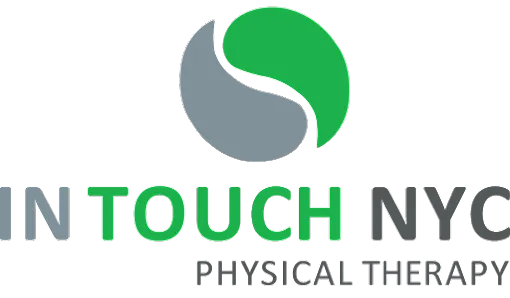Physical therapy is best known for its ability to help patients recover from surgery, injury, and certain chronic conditions. However, physical therapy has another useful, and life-changing role: Preventing injuries before they occur. By helping patients learn how to properly balance, move, and strengthen their bodies, PT can actually help patients maintain a healthier body.
Physical therapy prevents falls through balance training.

About 1 in 4 older Americans fall every single year, and up to 1,000,000 hospital patients also fall annually. With the potential to cause serious injury or even death, fall prevention can be critical in saving lives.
Physical therapy can help by teaching patients how to maintain proper balance as they move through their day. A consistent, professionally-managed exercise routine can help patients to improve their core strength and stability in order to maintain better balance. Better balance means fewer falls, and fewer injuries.
This type of PT can be particularly useful for older adults and hospitalized patients, because they are at the greatest risk of falling. However, anyone concerned about reducing their fall risk can benefit from a customized PT treatment plan.
Physical therapy addresses postural issues.
Poor posture is becoming a way of life in a culture dominated by smartphones, computers, and remote work setups. It can be easy to slouch in front of a computer, injure a wrist working with a poorly adjusted keyboard, or suffer orthopedic injuries from constantly looking down at a smartphone.
A physical therapist can help patients to prevent these kinds of injuries by educating them on both proper posture and solutions for maintaining good posture while working.
For example, a PT may be able to help a patient implement exercises that improve their posture. In addition, they may be able to evaluate how a patient should position their computer, sit in their chair, or adjust their keyboard in order to maintain proper alignment and prevent injuries created by poor posture.
Physical therapy improves mobility.
Often, injuries occur because people did not have the necessary mobility to prevent it. For example, an athlete may incur an injury because they tried to play without sufficient range of motion.
Physical therapy can help patients improve their flexibility and range of motion, as well as strengthen their muscles. For older adults, physical therapists can help them manage age-related issues, such as arthritis or osteoporosis, that can interfere with their mobility.
The specific exercises a physical therapist will use will depend upon the patient’s needs. Customized treatment plans can address individual weaknesses and limitations in order to maximize each patient’s mobility, and minimize their risk of injury as they go about their daily activities.
Physical therapy can teach proper exercise and movement techniques.

These tasks can include anything that a patient needs to accomplish during their daily life. Maybe they want to play sports with their children. Maybe they need to lift and carry heavy objects regularly. Maybe they struggle to complete household tasks without pain.
In each of these instances, a physical therapist can provide the guidance and expert insight necessary to help patients improve their technique and lower their chances of injury while completing these activities.
Physical therapy can provide an alternative to surgery.
Surgery, while often necessary, is also invasive and carries the risk of complications. Physical therapy can, in some cases, help patients avoid these complications by providing an alternative to surgery.
For example, in some studies, physical therapy has been shown to be as effective as surgery in treating certain chronic pain conditions such as spinal stenosis, as well as in treating conditions such as knee osteoarthritis and degenerative disc disease. Physical therapy can even be used to treat carpal tunnel syndrome.
In addition, physical therapy can help patients experience fewer complications from surgery by providing what is called pre-habilitation. A pre-hab program for surgeries such as knee replacements has been shown to reduce the length of rehab after surgery and improve recovery speed.
Physical therapy helps patients manage their health conditions.
Finally, physical therapy can help prevent injuries by enabling patients to manage certain health conditions safely.
For example, patients suffering from certain lung or health diseases may need assistance from a physical therapist in balancing effective exercise with the limits of their disease. Similarly, physical therapy can help patients to safely enjoy daily activities and hobbies even while managing a chronic disease. The result is a better quality of life, and fewer injuries, thanks to the expertise of the therapist (and the other members of the patient’s medical team).
Physical therapy is a valuable tool whenever you experience injury or pain, but it can also support you by helping you to avoid injury in the first place. If you want to explore the preventative benefits of physical therapy, reach out to In Touch NYC Physical Therapy today. We can create a customized treatment plan that addresses your specific needs. Our compassionate, NYC-area physical therapists are always ready to help.



